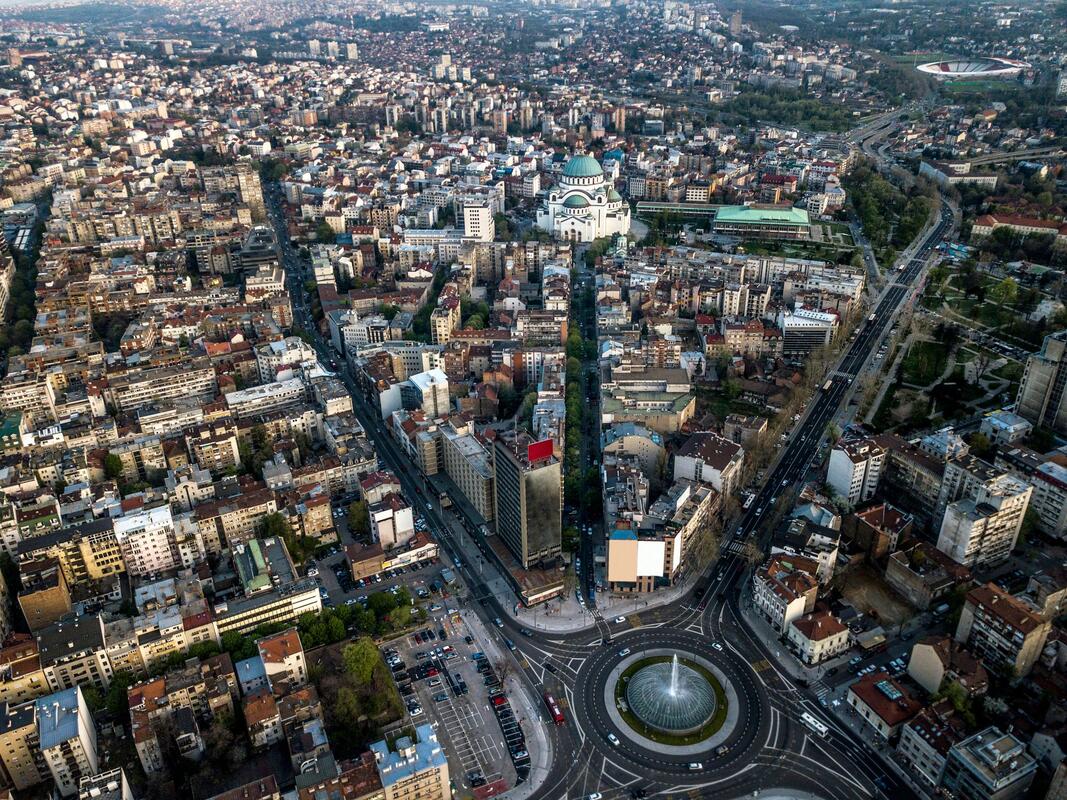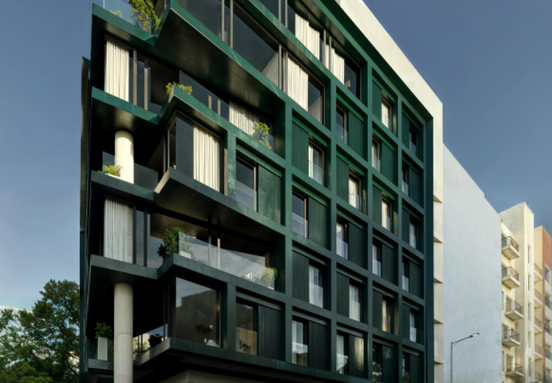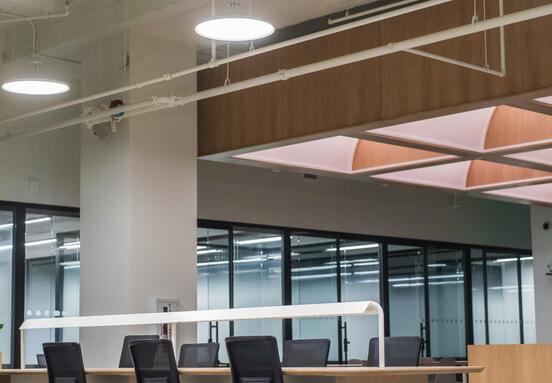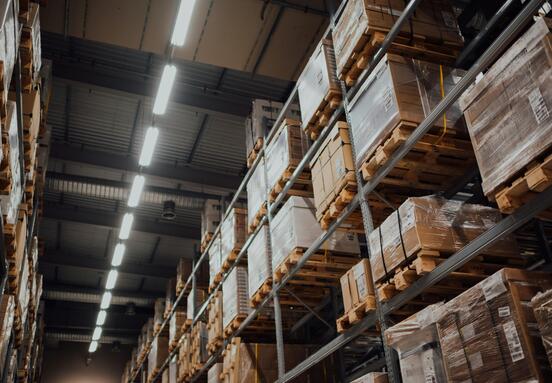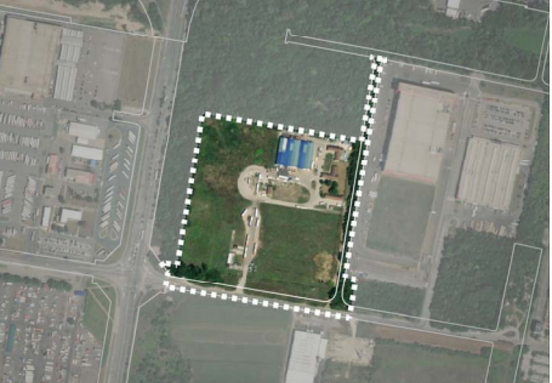According to data from Cushman & Wakefield Echinox, less than 30,000 sqm of new office space was delivered across the entire CEE region in Q1 2025 – an exceptionally low figure for a market that continues to see growing demand for modern, high-quality office solutions. This limited supply significantly narrows the options for companies seeking upgraded work environments.
The total office space absorption in the region reached approximately 500,000 sqm during the first quarter – a 40% decline compared to the previous quarter, and a 2% drop year-on-year, signaling a regional cooling in demand. However, this may also reflect a shift in focus toward markets offering more stable and flexible leasing conditions – like Serbia.
Bucharest Defies Regional Trends – A Signal for Others?
Bucharest stands out as a market that has shown positive dynamics despite the broader regional slowdown. In Q1 2025, net absorption (new leases and expansions) accounted for 64% of total demand, indicating that many companies were actively seeking new spaces rather than merely renewing existing leases.
Additionally, vacancy rates in Bucharest continued to decline, reaching 13.6%, the lowest level since mid-2021. With no major or mid-sized office projects scheduled for completion in 2025, availability is expected to tighten further – making it more difficult for tenants to secure space.
CEE Cities Face Limited Supply and Mixed Vacancy Rates
Across the wider CEE region, vacancy rates vary significantly. Sofia, Bratislava, and Budapest currently report higher availability, offering more flexibility to companies. In contrast, Prague maintains the lowest vacancy rate, suggesting a supply-constrained environment for tenants.
New supply in Q1 2025 was mostly limited to smaller buildings completed in cities like Prague, Warsaw, Budapest, and Sofia. This widespread low level of development activity reflects a cautious approach from developers and further contributes to the current supply constraints.
What Does This Mean for Belgrade?
If Belgrade can offer modern office spaces with competitive leasing conditions, it could position itself as an attractive alternative for companies looking to expand or relocate in the region. This regional pause in new development could be a window of opportunity for emerging markets like Serbia to capture increased interest.
Especially with demand expected to accelerate in the second half of 2025, and most large office projects scheduled for completion only in 2026–2027, Belgrade could provide immediate solutions to tenants unable or unwilling to wait years for new space.
